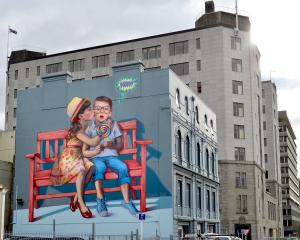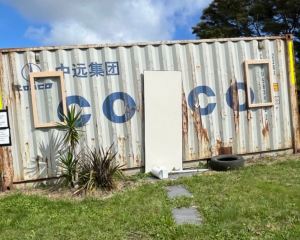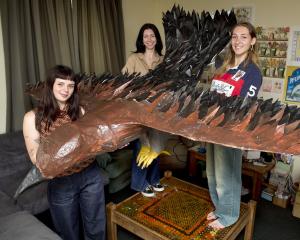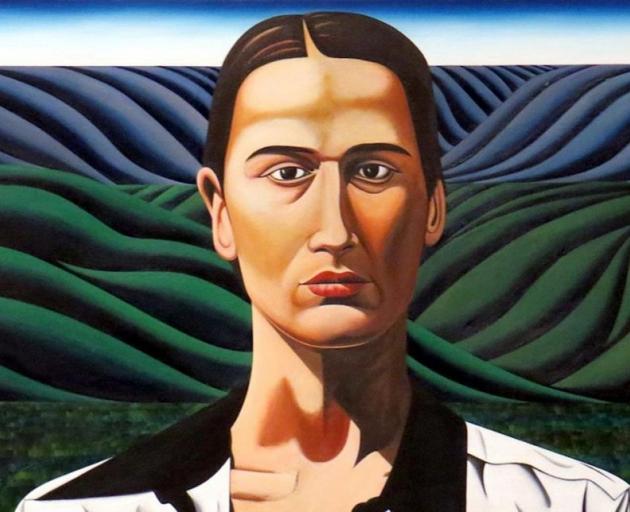
''Renaissance Days'', Jeffrey Harris (Dunedin Public Art Gallery)
Jwffrey Harris has long held a position as one of New Zealand's foremost painters, and ''Renaissance Days'' goes some way to showing why.
Of the artist's many styles and subjects, two form the nucleus of this display: works depicting the crucifixion, and individual portraits.
The paintings hint at the choice of title for the exhibition, as they appear as modern, yet drawn inescapably from the world of Renaissance art.
The portraits are presented predominantly in landscape format, the close-cropped head and shoulder images presented against the rolling New Zealand countryside.
There is a studied, stylised presence in the faces and hills.
The inspiration is distinctly classical; one could easily draw facile comparison with that most sublime yet cliched piece, Leonardo's Mona Lisa, with its enigmatic face presented against imagined hills.
Yet there is in these works something essentially Kiwi; these hills and characters could be nowhere but here.
The crucifix images (drawing a second meaning from the term ''renaissance'', with their implication of rebirth) are more stylised, the figures rendered as much for their composition as any real nature. They are dancing, not dying, as if to say ''live - there is always hope''.
This is an important exhibition, and one which should be experienced more than once to drink in its full measure.
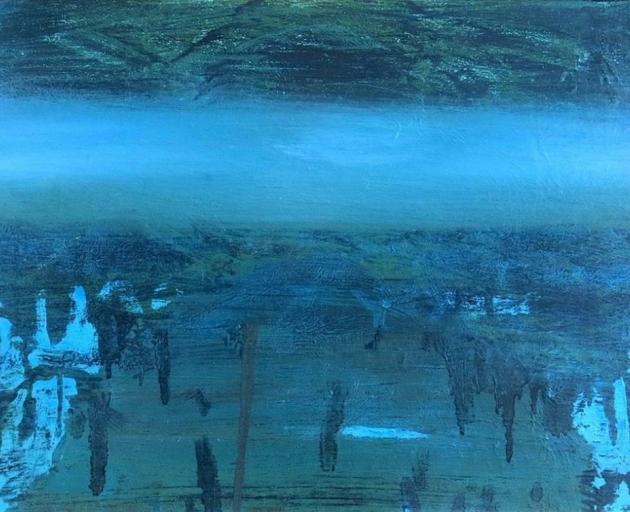
''Rain'', Peter Cleverley (Inge Doesburg Gallery)
Comparisons can readily be made between Harris' work and that of Peter Cleverley.
Both artists could be described using the sadly debased term regionalist - a term which should be freed of any negative connotations; it is an apt definition of much fine art - inasmuch as it is clearly of a place, in Cleverley's case North Otago.
The influence of spiritual belief is also strong in the work of both artists.
Cleverley's current exhibition mixes North Otago with memories of travel around the Mediterranean.
Cleverley has acknowledged spotting connections between old, naive art he saw in Europe with McCahon's work, and in images such as Katiki, he has made these comparisons concrete.
In this work, Cleverley presents the Christian cross, floating as a quiet yet forceful presence above a Moeraki landscape that has been pared back to sweeps of grey and black paint.
The works are intangible landforms, painted in the artist's trademark bold, earthy tones.
In some pieces, both land and colour are largely eschewed, the faint lavender glow and mist-drenched landforms of Tomorrow moving almost to the point of total abstraction.
The ultramarine overcast of Southerly Squall, too, leaves it largely to the viewer to imagine the world depicted, the insubstantial horizon being the only guide to the artist's view.
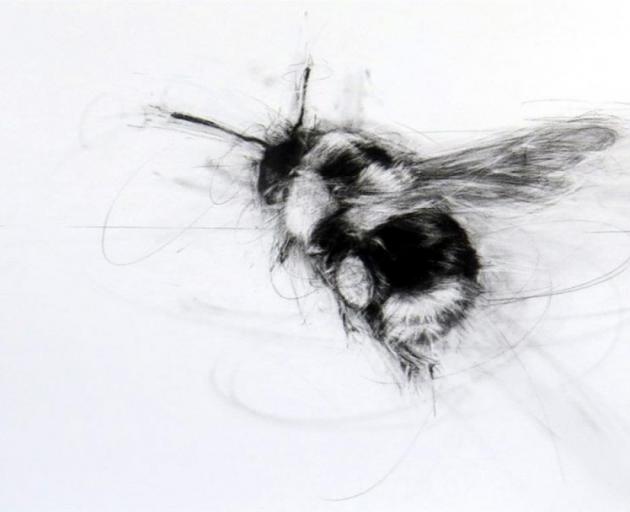
''Back on the Block'', Laura Hardie, Anna Coppini and David Teata (The Artist's Room)
The Artist's Room's latest exhibition is in many ways a combination of two displays - a joint exhibition between Laura Hardie and April Coppini, and ''Back on the Block'', a series of new woodcuts by David Teata.
Teata has presented his work in pairs: the woodblock itself is displayed alongside a print taken from it.
This provides an unusual but telling view of the image's genesis, as well as enabling the viewer to gain a great understanding of the skills involved.
The prints, in forceful black, present fine stylised Dunedin scenes, and owe more than a little to Teata's grounding in Pacific art.
Hardie and Coppini's works complement each other well. Coppini uses both delicate and thick, smoky charcoal strokes to present snapshots of animals in motion.
Her bees and sparrows have a sensual and deeply vital quality; you would almost expect these creatures to fly straight off the paper.
Hardie's equine images, in contrast, are exact, maybe even a fraction cold at times, yet astonishing in the eye for detail and masterful artistic skill.
Using ink, coloured pencil, and - remarkably given the result - charcoal, she has used close-up and negative space expertly, capturing the essence of horse and rider with all the precision of a prize-winning dressage performance.








